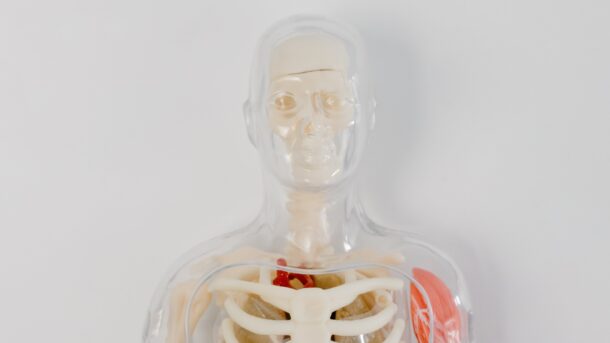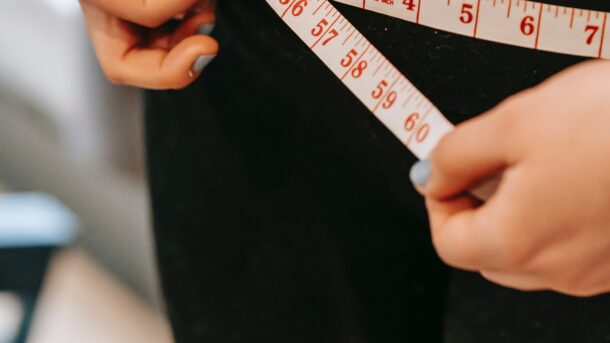Vitamin D is often known as the sunlight vitamin For bone health, it is very important for bone health that you consume it on a regular basis. It’s one of the 4 essential vitamins, and there are plenty of great sources of the vitamin which are available to you. The consequences of a vitamin D deficiency are very severe, meaning it’s important to consume it on a regular basis to maintain your overall health and wellness. Here are examples of sources of this essential and beneficial vitamin. The recommended amount of Vitamin D consumed on a daily basis is 400-800 International Units.
Milk
It’s widely known that milk is a rich source of Vitamin D. In one 8 ounce glass of milk, you’ll find approximately 110 International Units of Vitamin D. Consuming approximately 4-6 8 ounce glasses of milk per day will provide for the full amount of your recommended daily vitamin D serving. Milk also has calcium and other essential vitamins and minerals that benefit your overall health.
Fish
According to the USDA guidelines, Rainbow Trout is a great source of Vitamin D with over 645 International Units. This is followed by salmon at between 383-570, and a serving of only 3 ounces of either fish is able to suffice. Fish is also rich in omega-3 fatty acids which support heart health, and is also known for being a lean source of protein. Fish is the richest source of Vitamin D on the USDA guidelines list.
Orange Juice
Just one cup of orange juice has 114 IU of vitamin D! You won’t necessarily find vitamin D in cold-pressed orange juice because it’s not a natural part of an orange. Vitamin D is often added to standard orange juice before it is sold. This is the same size as a small glass. It’s very easy to get a large amount of your body’s necessary vitamin D when you wake up. Because fat is not required for absorption, orange juice is a great option for adding vitamin D to your diet.
Cheese
Just a tiny amount of cheese is packed with Vitamin D. Fortified American Cheese is another great source of Vitamin D. Just 1 and ½ ounces of cheese has 104 IU of Vitamin D. Naturally, cheese can contain up to 30 IU of vitamin D. Aside from being a rich source of Vitamin D, it’s also packed with other nutrients. These include Vitamin A and calcium, which is a critical mineral for bone health. Cheese is a great snack when you’re looking for a quick and nutrient-packed bite to eat.
Sunlight
Sunlight is another great way to get Vitamin D! This is a perfect option during the summer months. Sunlight also does not cost anything, which makes it an excellent option when the sun is out. Approximately 15-30 minutes of sun exposure per day will provide your body’s required daily amount of Vitamin D. During the winter months, or at times when it’s not possible to go outside – it’s important to supplement with additional Vitamin D.
Vitamin D is important for bone and immune health. Especially during the winter months, you may not be getting enough of it. That’s why it’s important to make Vitamin D a regular part of your diet.







Recent Comments